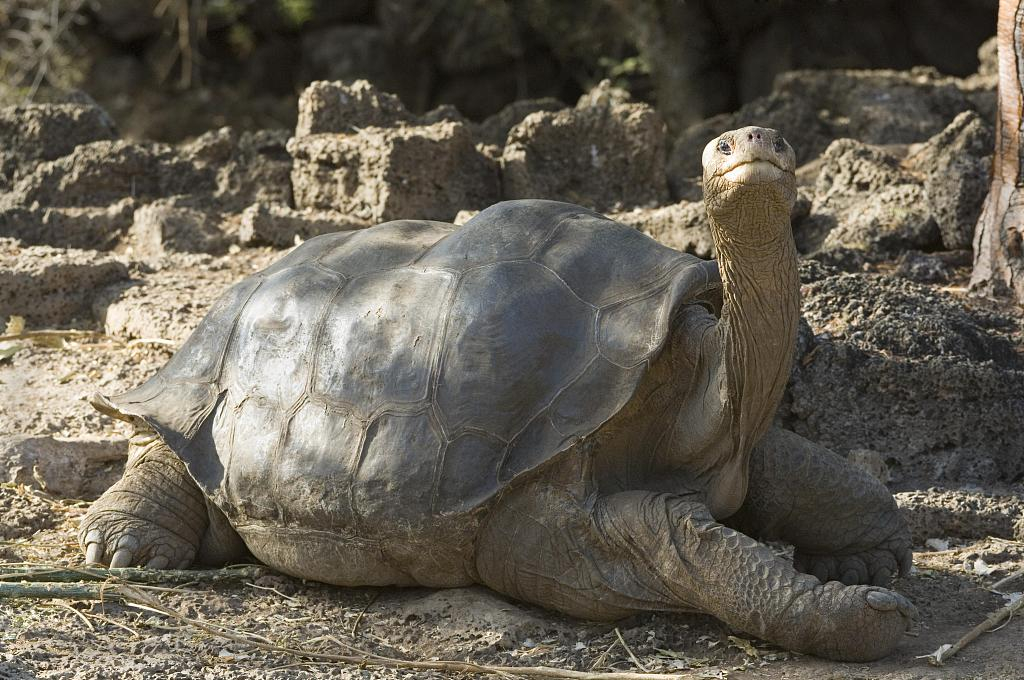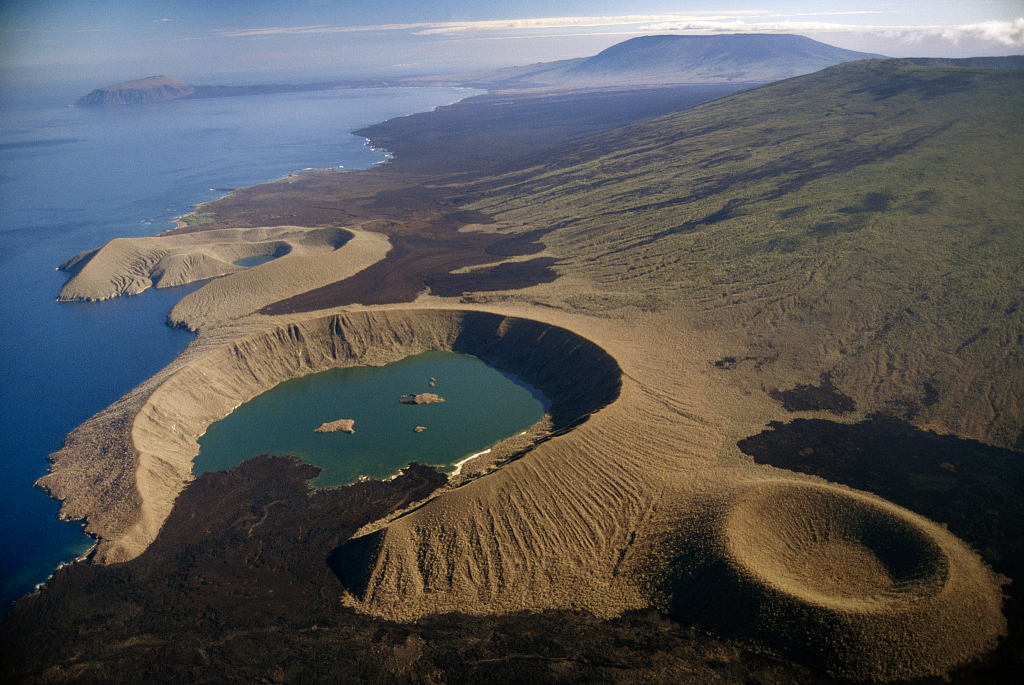A scientific expedition to the Galapagos Islands of Ecuador has discovered a tortoise with a "strong" genetic link to a presumed-extinct subspecies made famous by the popular Lonesome George.

George, the last known member of the Chelonoidis nigra abingdonii Pinta tortoise species, died in June, 2012, in captivity aged over 100 after refusing to provide any offspring.
George, the last known member of the Chelonoidis nigra abingdonii Pinta tortoise species, died in June, 2012, in captivity aged over 100 after refusing to provide any offspring.
The Galapagos National Parks (PNG) said the expedition had discovered a young, female specimen deemed "a high-importance find because it has a strong genetic component of the species 'Chelonoidis abingdonii.'"
She "could be a direct descendant of a pure individual, which could still be alive somewhere," the park said.
Park rangers and scientists from PNG and the Galapagos Conservancy found an additional 29 tortoises – 11 males and 18 females – that share part of their genetic makeup with the Chelonoidis niger Floreana subspecies, also thought to be extinct.

Aerial view of the Galapagos Islands.
Aerial view of the Galapagos Islands.
Researchers chose Wolf Volcano for their expedition because whalers and pirates who would eat the animals were thought to have dumped some of the tortoises there in the past to lighten their ships' loads.
The Galapagos Islands, located 1,000 kilometers off the coast of Ecuador in the Pacific Ocean, were made famous by Charles Darwin's studies of their breathtaking biodiversity.
The park says there are 10,000 to 12,000 tortoises on the volcano.
(Cover image: a picture of Lonesome George in captivity. /VCG Photo)
(If you want to contribute and have specific expertise, please contact us at nature@cgtn.com.)
Source(s): AFP